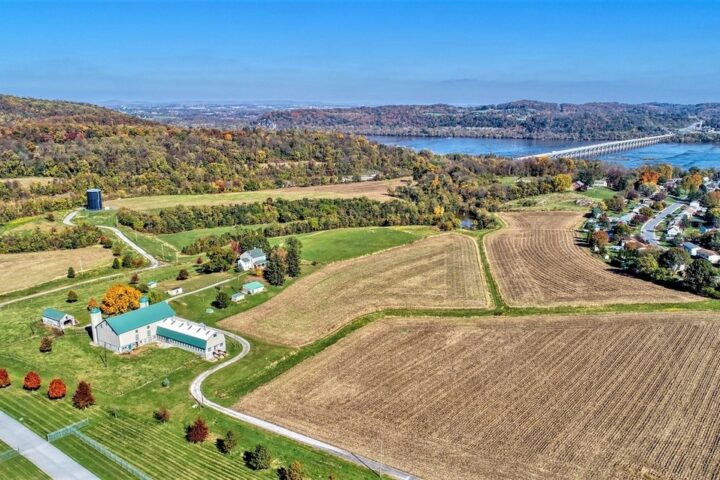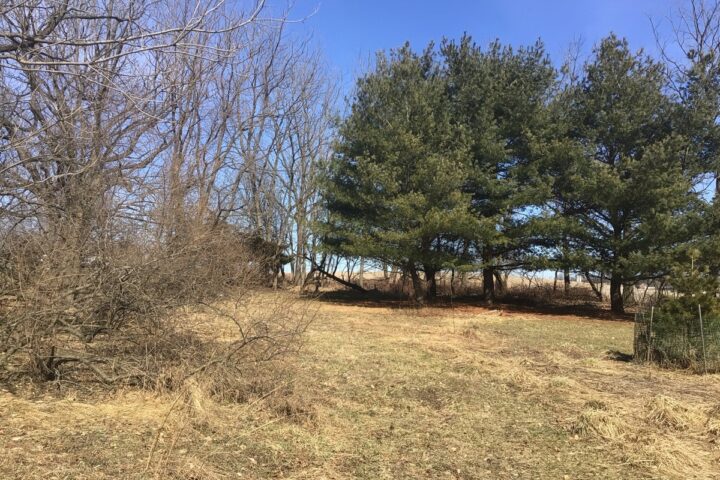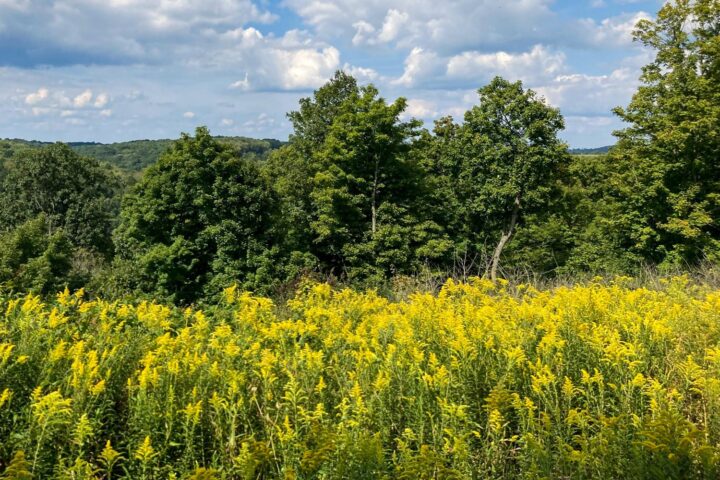
Two properties in Crawford County within one of the most ecologically diverse and significant areas in Western Pennsylvania, the French Creek watershed, were permanently protected in February, the Western Pennsylvania Conservancy (WPC) announced today.
These newly acquired properties, which together total 265 acres, were among some of the remaining larger undeveloped properties in the French Creek watershed, and contain forests, wetlands and marshes.
Documented as having the highest level of aquatic biodiversity of any stream of its size in Pennsylvania and in the Northeastern United States, French Creek and its tributaries provide habitat for 21 native freshwater mussel species. There are five federally listed mussel species in the creek, of which four are endangered and one is federally threatened. Numerous fish species of greatest conservation need in Pennsylvania can also be found in French Creek.
French Creek starts in Chautauqua County in New York and flows 117 miles through Northwestern Pennsylvania into the Allegheny River. The French Creek watershed is identified as a Natural Heritage Area in Pennsylvania and a priority conservation area for WPC.
“The French Creek watershed is ecologically significant, a unique watershed and beautiful. It is home to more than 80 species of fish and five federally listed freshwater mussel species. Conserving land in the French Creek watershed is a high priority for the Western Pennsylvania Conservancy,” said Thomas Saunders, WPC’s president and CEO.
A 168-acre property in Sadsbury Township, Pa., is next to land WPC protected in 1972 and conveyed to the Pennsylvania Game Commission four years later. The property features wetlands, a peaty-soil shrub swamp, forests, agricultural fields and a stream, which flows into Conneaut Outlet. The property adjoins State Game Land #213, known as Conneaut Marsh, a more than 5,600-acre wetland known for its abundant and diverse bird life, that stretches approximately 13 miles through a glacial-filled valley in southern Crawford County.
A 97-acre property is located in Vernon Township, Pa., and hosts an important floodplain that drains into Cussewago Creek, a major tributary to French Creek. Nearly 200 species of birds, including migrating shorebirds and bald eagles, have been observed on and around this property. This protected land is adjacent to and now part of WPC’s Helen B. Katz Natural Area, which will now total 382 acres.
These properties – along with another 120-acre property within the watershed, located in Cussewago Township, Pa., that WPC protected in October 2015 – are available and open to the public for recreational activities such as hunting, fishing, hiking, and bird and other wildlife watching.
All three properties were acquired with funds from the estate of Helen B. Katz with funding support from the Richard King Mellon Foundation for the Cussewago and Vernon townships properties. In 2008, the Conservancy received a bequest from Ms. Katz that remains the largest contribution to date from an individual to WPC. Her legacy gift has allowed the Conservancy to permanently protect 21 properties totaling more than 4,700 acres. The Conservancy has protected approximately 4,700 acres within the 1,250-square-mile French Creek watershed since 1969.
About the Western Pennsylvania Conservancy:
The Western Pennsylvania Conservancy (WPC) enhances the region’s quality of life by protecting and restoring exceptional places. A private nonprofit conservation organization founded in 1932, WPC has helped to establish ten state parks, conserved more than a quarter million acres of natural lands and protected or restored more than 3,000 miles of rivers and streams. The Conservancy owns and operates Fallingwater, which symbolizes people living in harmony with nature. In addition, WPC enriches our region’s cities and towns through 130 community gardens and other green spaces that are planted with the help of about 12,000 volunteers. The work of the Western Pennsylvania Conservancy is accomplished through the support of more than 10,000 members. For more information, visit WaterLandLife.org.




